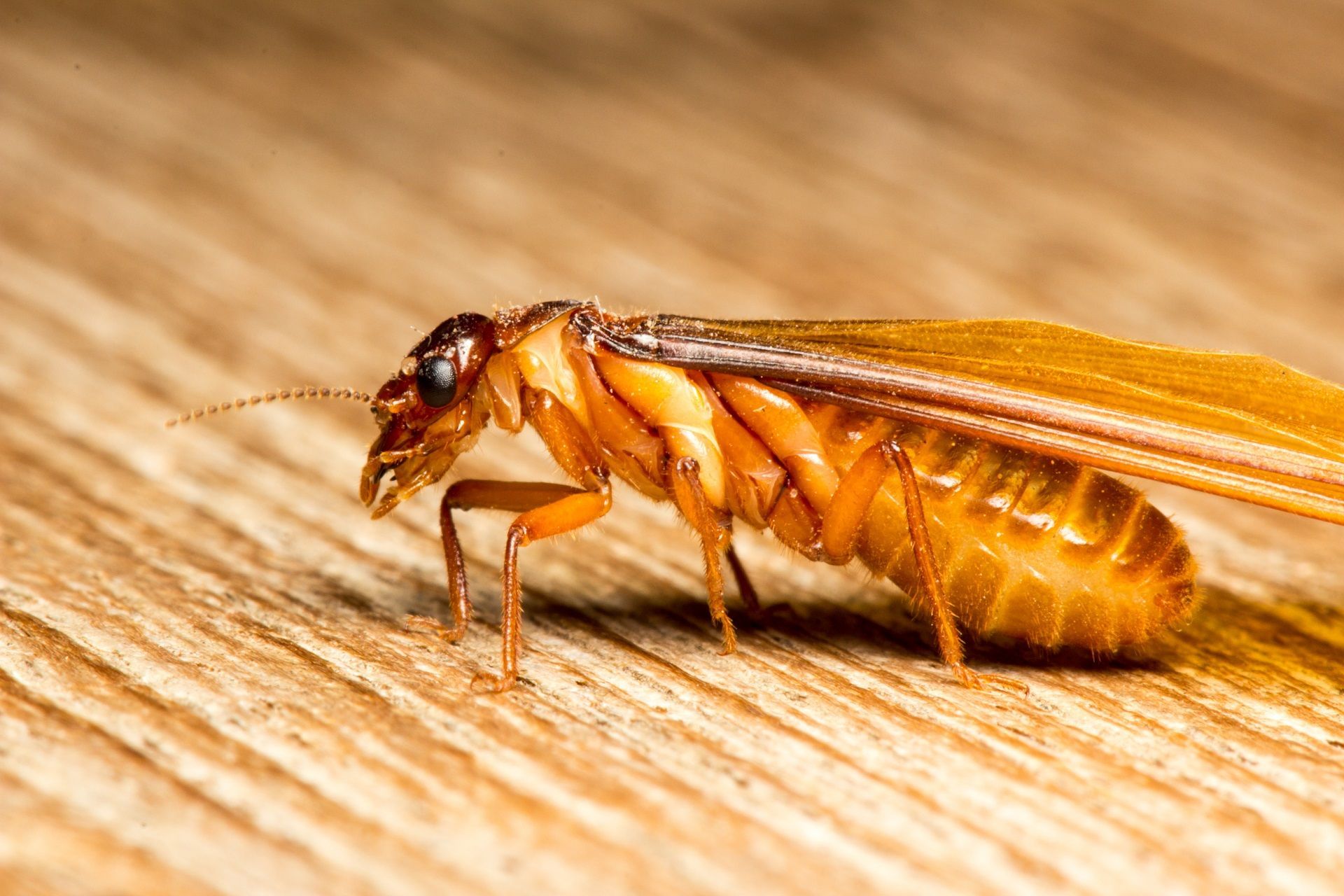views

Wood termites are one of the most destructive pests homeowners can face—especially in warm, humid regions like Florida. These tiny, silent destroyers can cause severe damage to the wooden elements of your home before you even realize they’re there.
This guide explains everything you need to know about wood termites, from why they invade your home to how you can detect their presence and what to do about it. If you want to protect your property and avoid costly repairs, read on.
What Attracts Termites to Wood?
It’s no secret that termites are attracted to wood, but the reason lies in their diet. Wood termites feed on cellulose, a key component found in wood and plant materials. Cellulose gives them the nutrients they need to survive and expand their colonies.
Contrary to popular belief, termites don’t eat the entire piece of wood. Instead, they hollow it out from the inside, making it structurally weak while often leaving the exterior surface intact. This stealthy feeding behavior allows infestations to go unnoticed for long periods.
How Termites Damage Your Home
As termites chew through the wooden framework and fixtures of your home, they create intricate tunnel systems. These tunnels weaken the structure and serve as passageways for transporting eggs, workers, and food.
Over time, this internal destruction leads to visibly damaged wood, sagging floors, and even collapsed beams if the infestation isn’t addressed in time.
Where Do Wood Termites Cause the Most Damage?
Termites are not picky when it comes to wood. Here are some of the most common areas they target:
Structural Wood
The skeleton of your home—including beams, joists, and studs—is highly vulnerable. Once infested, repairs can be both complicated and expensive.
Flooring and Trim
Floorboards, baseboards, and crown molding are prime spots for termites. These areas are often ignored during routine maintenance, giving termites an easy hiding place.
Indoor Furniture
Tables, shelves, and even wooden picture frames can fall victim to termites eating wood indoors. Small holes or loose joints may be early signs of trouble.
Outdoor Wood Features
Termites don’t stop at the house itself. Decks, fences, gazebos, and wooden sheds are all fair game for these pests—especially if untreated or exposed to moisture.
How to Spot Termite Activity in Your Home
Termites might be stealthy, but they often leave behind evidence. Here are some signs you may be dealing with wood termites:
Mud Tubes
Subterranean termites build thin mud tubes along walls and foundations. These tubes act as protected highways between their underground nests and their food source—your home.
To test if termites are still active, break off a small section of the tube. If it’s rebuilt within a few days, the infestation is ongoing.
Hollow or Damaged Wood
Wood that sounds hollow when tapped or breaks apart easily may be infested. Termites eat from the inside out, so outer damage can take time to appear.
Discarded Wings
Winged termites (known as swarmers) shed their wings after finding a mate. You might find these wings on windowsills or near light fixtures, indicating that a new colony may be forming nearby.
Termite Droppings
Drywood termites leave behind small, pellet-shaped droppings. These typically look like piles of sawdust and can appear near furniture or baseboards.
Warped Floors and Bubbling Paint
Moisture introduced by termites can cause floors to buckle and paint to bubble. If your floor creaks more than usual, or your wall surfaces appear uneven, termites might be the cause.
Are You Seeing Termites or Just Ants?
It’s easy to confuse winged termites with flying ants, but knowing the difference helps you respond appropriately:
-
Body shape: Termites have a straight, uniform body. Ants have a narrow, pinched waist.
-
Antennae: Termites have straight antennae; ants have bent or “elbowed” antennae.
-
Wings: Termites have two sets of wings that are equal in size. Ants have one larger pair and one smaller pair.
If you see winged insects inside your home after rainfall, it’s often a sign of a termite swarm—indicating a nearby colony ready to grow.
What to Do If You Suspect Termite Activity
If you notice any of these signs, your first step should be scheduling a professional termite inspection. An expert can assess the damage, locate hidden nests, and determine whether the infestation is active.
Don’t attempt to tackle the issue alone—over-the-counter solutions rarely reach the heart of the colony. Professional pest control services have the tools and knowledge needed to eliminate wood termites effectively and prevent their return.
Take Action Before It’s Too Late
Termite damage is progressive. The longer you wait, the more expensive and complicated the repairs become. Whether you suspect a problem or just want peace of mind, a termite inspection is a smart move.
If you're in South Florida, reach out to Guardian Angel Inspections. Our experienced team will thoroughly inspect your property and provide a detailed report with recommendations for treatment.
Call us at 561-512-7854 or fill out our contact form to schedule your termite inspection today.



Comments
0 comment